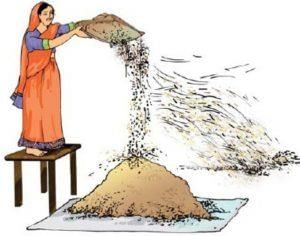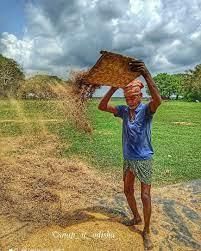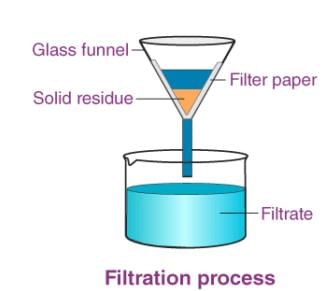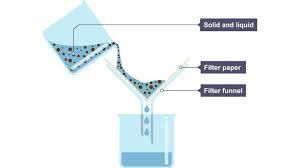Test: Separation of Substances - UPSC MCQ
15 Questions MCQ Test - Test: Separation of Substances
The separation of grains from husk is done by the process of:


What is the process used to separate grain seeds from their stalks?
What causes the formation of water drops when steam contacts a metal plate cooled with ice?
What method can be used to separate salt from water in a mixture?
State whether the following statement is True or False
Evaporation is a process where a liquid changes into a solid.
The process by which the unwanted solid particles are removed from the liquid is called:
The properties used to separate two solids from a mixture by winnowing is ______.

Tea leaves are separated from the liquid with a ______ while preparing tea.
Handpicking, winnowing, sieving, sedimentation, decantation, and filtration are methods of separating substances from their ______.
State whether the following statement is True or False:
Tea leaves are separated from the liquid with a strainer while preparing tea.





















